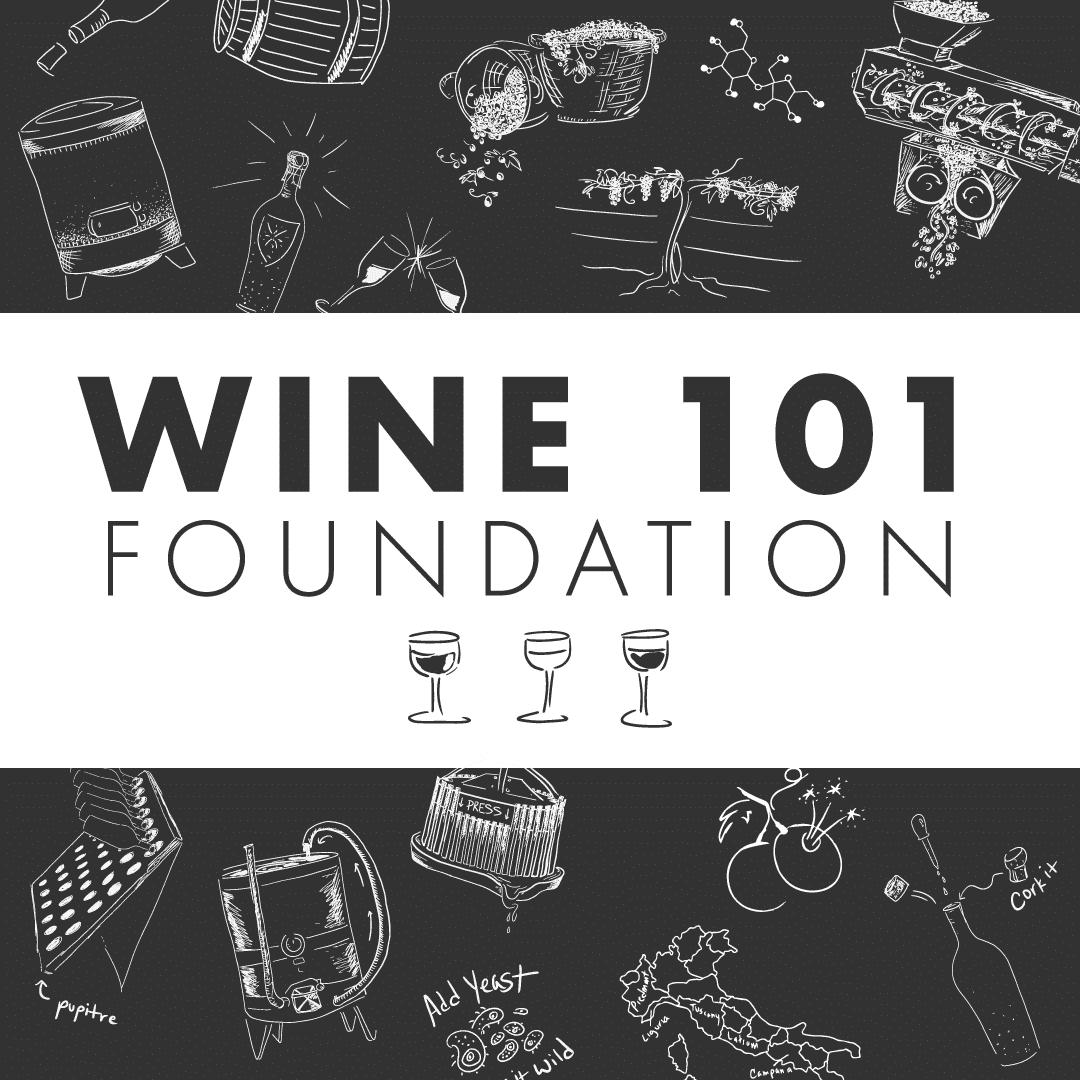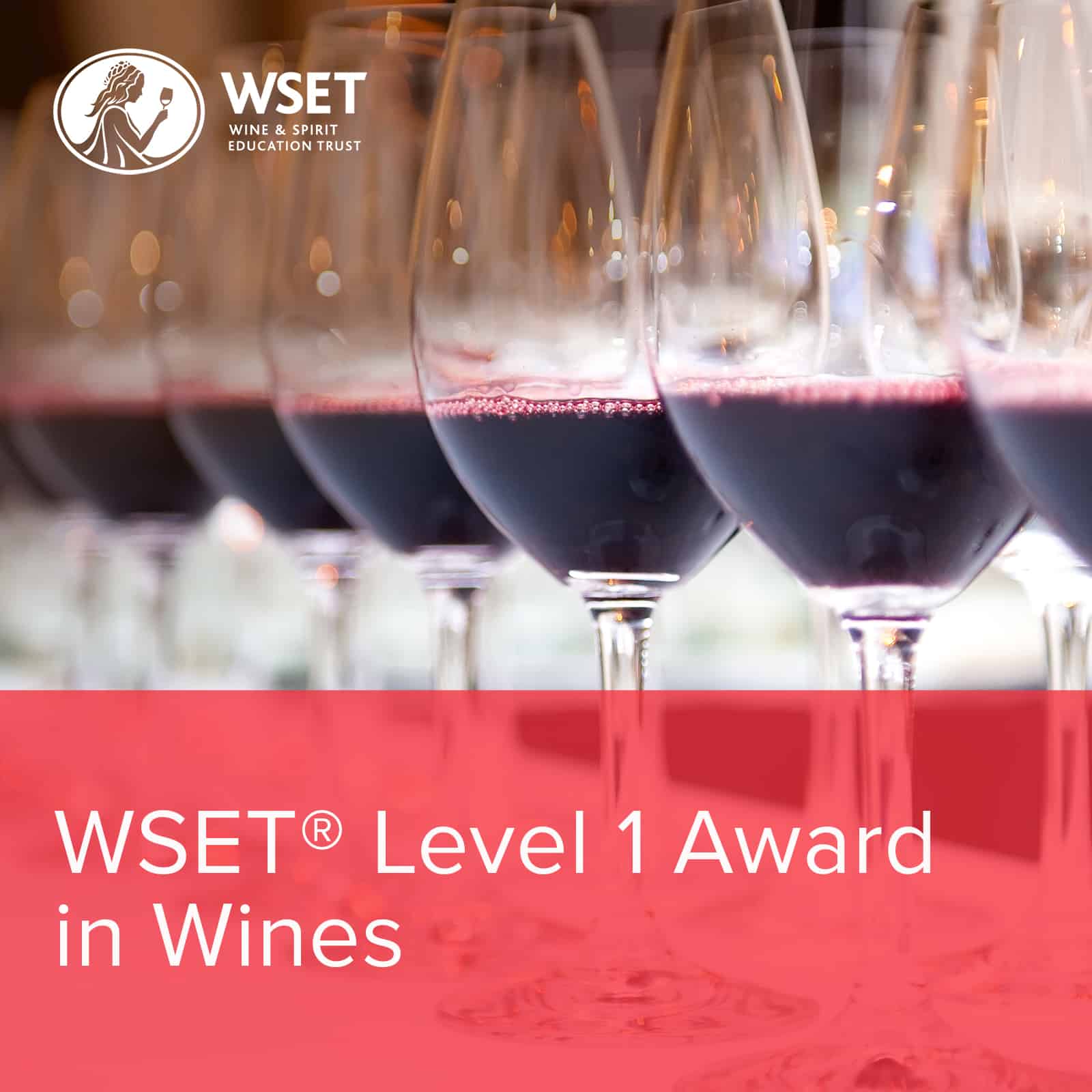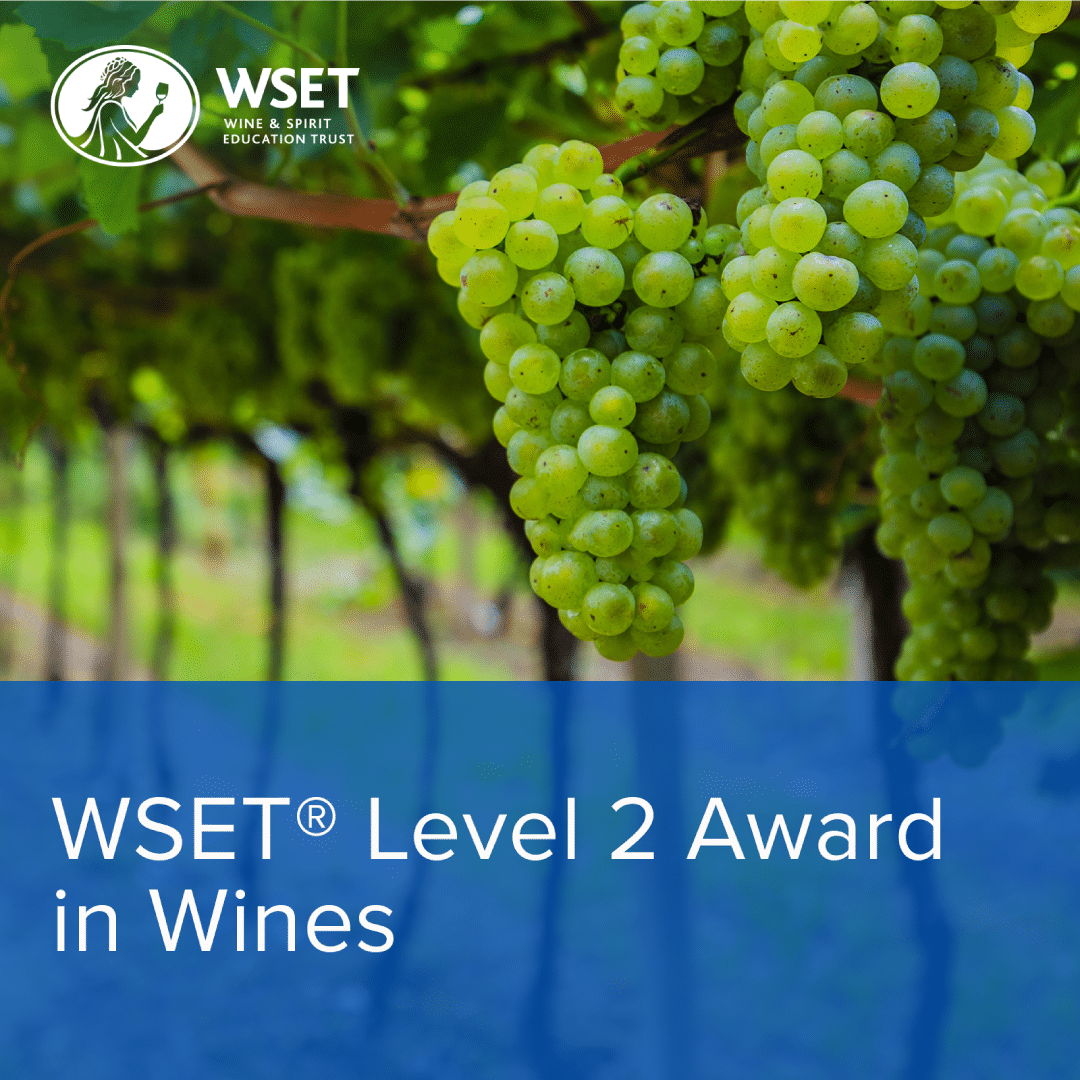Wine Quiz Basics
The Ultimate Guide to Wine Basics: Savoring Every Sip
Wine, a beverage revered through the ages, offers a symphony of flavors and aromas that tantalize the senses and captivate the soul. This comprehensive guide delves into the essence of wine, unfolding its many layers and presenting a world where each bottle tells a unique story.
Introduction to Wine Basics The Essence of Wine Wine, more than just a drink, represents a fusion of history, culture, and art. Its creation is a meticulous process, turning simple grapes into a complex elixir. From ancient times to modern tables, wine has been a symbol of celebration, a companion in solitude, and a bridge connecting people and places.
Wine’s Global Journey The journey of wine is as diverse as its flavors. Each region imprints its signature on the grapes, creating a spectrum of tastes and styles. Whether from the sun-kissed hills of Tuscany or the cool climates of New Zealand, every wine reflects the heart of its homeland.
The Vineyard: Birthplace of Wine Grape Varieties and Their Significance Understanding wine starts at the vineyard. The type of grape, from the bold Cabernet Sauvignon to the delicate Chardonnay, sets the foundation for the wine’s character. The soil, topography, and climate, collectively known as terroir, play a crucial role in shaping the grape’s profile.
Climate’s Role in Winemaking Climate, whether Mediterranean or Continental, imparts unique qualities to wine. Cooler climates yield wines with higher acidity and lighter body, while warmer regions produce fuller, riper flavors. This delicate balance of nature is what makes each wine distinct.
From Vine to Wine: The Winemaking Process Harvesting and Crushing The transformation from grape to wine begins with the harvest, a critical moment that determines the wine’s potential. Following the harvest, the crushing of grapes releases their juice, starting the magical process of fermentation.
Fermentation Techniques Fermentation is where the alchemy happens. Yeasts convert sugar into alcohol, creating the wine’s backbone. The winemaker’s technique, whether traditional or innovative, influences the final product, from its flavor profile to its texture.
Aging and Bottling The art of aging wine in barrels adds complexity and depth. This period of rest, whether in oak or steel, allows the wine to evolve, gaining character and harmony. Bottling is the final step, sealing in the wine’s essence until it’s ready to be enjoyed.
Understanding Wine Types Red vs. White: A Basic Comparison Red and white wines differ not just in color but in taste, texture, and aging potential. Red wines, known for their robust flavors, are made with grape skins, giving them their distinct hue. White wines, on the other hand, are lighter, crisper, and often more refreshing.
Exploring Rosé and Sparkling Wines Rosé, with its pink blush, offers a delightful middle ground between red and white wines. Sparkling wines, celebrated for their effervescence, bring a festive touch to any occasion. Both styles add diversity to the wine world, offering something for every palate.
Decoding Wine Labels Region and Vintage A wine label is a window into the wine’s soul. The region indicates the geographical origin, hinting at the style and flavor profile. The vintage, or year of harvest, reveals the wine’s age and potential for maturation.
Understanding Wine Classifications Wine classifications, often daunting, are essential in understanding a wine’s quality and heritage. From the French AOC system to Italy’s DOCG, these classifications assure the authenticity and standard of the wine.
The Art of Tasting Wine Sensory Evaluation: Look, Smell, Taste Tasting wine is an art form. It starts with observing the wine’s color and clarity. Swirling releases the aromas, a prelude to the flavors that unfold on the palate. Each sip tells a story, from the initial impression to the lingering finish.
The Role of Glassware Glassware is not just a vessel; it’s an integral part of the tasting experience. The shape of the glass can enhance or diminish the wine’s aroma and flavor, making it a crucial factor in truly appreciating wine.
Food and Wine Pairings Classic Combinations Pairing wine with food is a culinary adventure. Classic pairings, like Chardonnay with seafood or Cabernet Sauvignon with red meat, are time-tested matches that bring out the best in both the food and wine.
The Impact of Flavor Profiles The key to successful pairings lies in understanding flavor profiles. Balancing the weight of the wine with the richness of the food, and harmonizing the flavors, can elevate a meal from ordinary to extraordinary.
Storing and Serving Wine Ideal Storage Conditions Proper storage is essential in preserving a wine’s quality. A cool, dark, and stable environment ensures that the wine matures gracefully, retaining its character and complexity.
Serving Temperatures and Techniques Serving wine at the right temperature is critical. Red wines generally benefit from being slightly warmer than whites, enhancing their richness and depth. The act of decanting, particularly for older wines, allows them to breathe and fully express their nuances.
Wine and Health Benefits and Risks Moderate wine consumption has been linked to various health benefits, from heart health to longevity. However, it’s essential to balance enjoyment with responsibility, understanding the risks associated with excessive consumption.
Moderation and Enjoyment Enjoying wine is about balance and appreciation. Savoring it in moderation allows for a healthier relationship with this age-old beverage, enhancing both physical and mental well-being.
The World of Wine: Key Regions European Wine Heritage Europe’s wine regions, steeped in history and tradition, are the cornerstone of the wine world. From the rolling hills of Bordeaux to the picturesque landscapes of Tuscany, these regions have shaped the way we understand and appreciate wine.
New World Wine Innovations The New World, encompassing countries like the USA, Australia, and South America, has brought innovation and diversity to the wine scene. These regions, unbound by tradition, have pioneered new techniques and styles, enriching the global wine tapestry.
Wine Etiquette and Customs Formal Tastings and Events Wine etiquette, particularly at formal tastings and events, is about respect for the wine and its makers. Understanding the rituals, from the pour to the toast, enhances the experience and shows appreciation for the art of winemaking.
Wine Etiquette in Different Cultures Wine customs vary across cultures, reflecting local traditions and attitudes. From the communal wine drinking of Georgia to the refined ceremonies of France, these customs add depth and meaning to the wine-drinking experience.
Exploring Wine Trends Organic and Biodynamic Wines The rise of organic and biodynamic wines reflects a growing awareness of sustainability and health. These wines, made with minimal intervention and a deep respect for the environment, are gaining popularity for their purity and authenticity.
Future Trends in the Wine Industry The wine industry is constantly evolving, with trends like natural wines, wine tourism, and technological advancements shaping its future. Staying attuned to these trends keeps the wine lover ahead of the curve, ready to explore new horizons in the world of wine.











